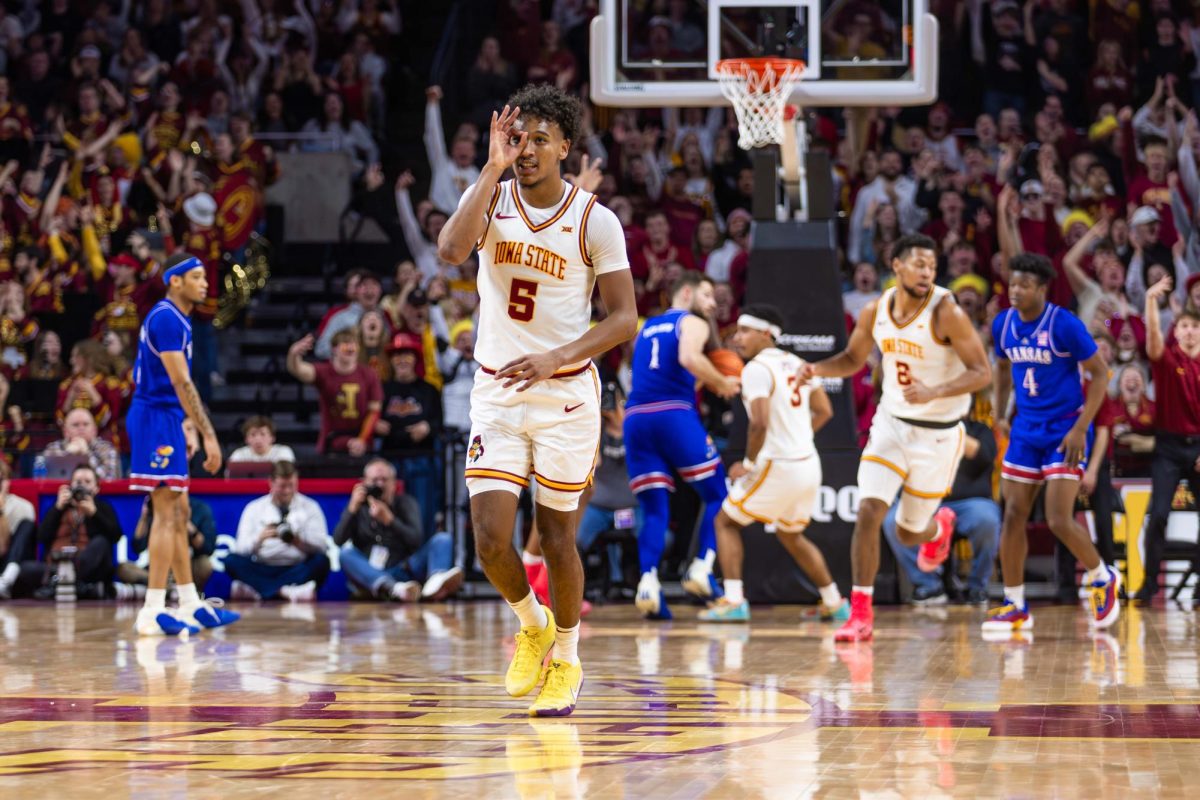Underground hip-hop spawned in Midwest
October 5, 2005
It’s no secret the Midwest is more often associated with pigs, corn and tractors than turntables, mixers and microphones. But in recent years, the region’s underground hip-hop scene has been the spawning ground for socially conscious emcees who are out to prove that not all rappers are obsessed with limos, women and bling-bling. One such artist is California-based rapper Qwel, aka Adam Shreiber, who got his start as a graffiti artist on the north side of Chicago.
“I got into hip-hop through graffiti when I was a kid,” Qwel says. “The graff writers know break-dancers and break-dancers know rappers and they know producers and I ended up getting hooked up through that.”
Qwel says he was introduced to the Midwest hip-hop scene through this network of artists and ended up participating in battle rapping at Chicago’s Navy Pier.
“I met luckily, by God’s hand or whatever, almost everybody that was into rhyming in Chicago,” Qwel says. “So we would just get together, everybody would meet up Saturday nights at Navy Pier and fools would battle.”
Rapper Aeon Grey, aka Luke Driscoll, was born and raised in Des Moines, far from Chicago’s fertile hip-hop scene. Grey says the lack of a strong local hip-hop underground in the area helped shape his work differently than that of emcees from bigger cities.
“There’s no real boundaries because there’s no history or real cultural limitations,” he says. “The music could kind of go anywhere and it’s always going to be a representation of where you’re from if you’re true to yourself because you make music about your experiences, things around you.”
With no real role models in the immediate area, Grey says he was forced to explore hip-hop on his own, developing his skills without the benefit of an established scene to teach him.
“The big problem here is that there weren’t a lot of people to learn from, so I basically ended up teaching myself everything,” Grey says. “From production to rhyme structure, scheme, recording, everything was pretty much my own process.”
In spite of a strong underground scene, Qwel says it can be hard to put shows together in the Midwest because of a lack of all-ages shows and venues.
“When you’re getting’ into hip-hop, it’s like, between the ages of high school and college,” Qwel says. “And most of the time, if you’re gonna love it for the rest of your life, you’re not gonna find it in a bar. If you didn’t bring it with you, it’s not at the bar waiting.”
Grey says he agrees with Qwel’s observation and adds that many music fans have trouble seeing past the version of hip-hop culture that mainstream media often present.
“People in Des Moines especially are still kind of scared of the stereotypical mass media rap image,” Grey says. “They don’t leave their homes because they don’t know there is something different than that. The big problem is getting out and finding a way to reach out to those people and get them to come out to shows.”
The emcee says the hip-hop underground is separated from the mainstream by an outlook grounded in common everyday life and less of an emphasis on selling a product to audiences.
“For me especially, it’s really just focused on an actual Midwest type of life,” Grey says.
Qwel says he hopes a rapper like him will be able to bring the hip-hop underground to a broader audience through skill rather than pandering to the mainstream.
“I would like to see somebody, anybody just breach the underground because of talent,” Qwel says. “Because the thing of it is, is the goal we all have: to make underground hip-hop music the biggest music in the world … let’s make it the best music in the world.”






